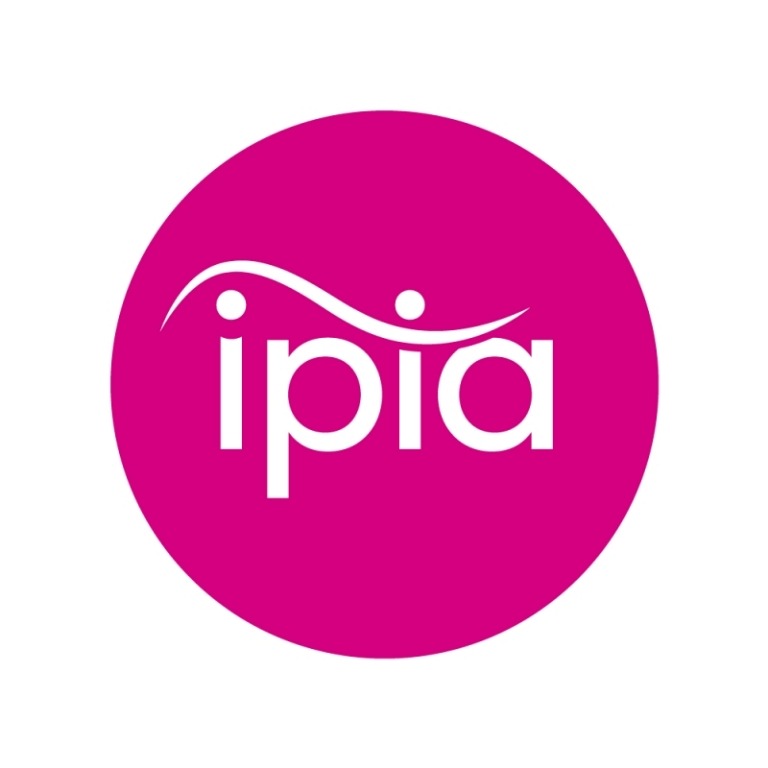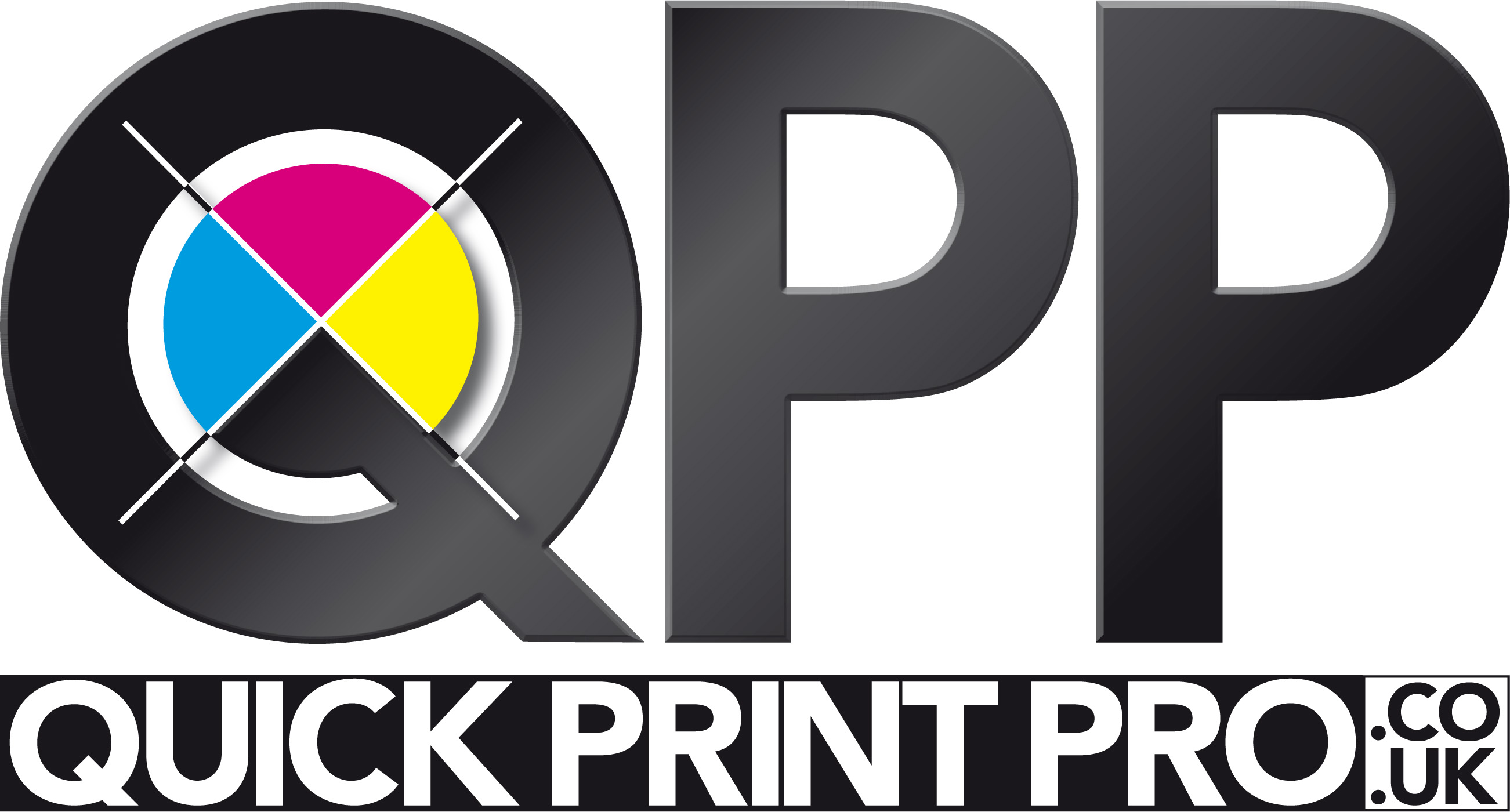Unstable Confusion And Other Strange Tales
Martin Christie - Colourfast Group
Stable Diffusion. I wasn’t going to mention it yet but events have overtaken me and despite my intention to keep this column content to the more simple and straightforward functions of Photoshop, developments in the public domain have once again led the situation. So I will take a brief plunge into this mysterious world.
If you haven’t heard of Stable Diffusion, don’t worry. I hadn't heard of it till a month or so ago when it popped up on a feed from one of my friends who shall we say, is a bit geeky -everyone should have one to balance out the adventures of cats, and crazy human fails that may appear without apparent prompting by the random influence of social media algorithms. I took notice because I have some respect for this particular friend. After all he is the only person I know who bought a 3D printer and has been able to produce something with it. I did warn him at the time that, even in the world of conventional printing, buying a printer was the easiest bit, and it has taken three years to produce a small piece of shaped plastic but nevertheless, that’s an achievement.
Those who may recall the hype surrounding the introduction of 3D printing may recall that this was a revolutionary product that was going to change our lives. When we all had one in our homes we would be able to make things, like spare parts for that broken vacuum cleaner, so we would never be at the mercy of manufacturers again. Anything that could be made could be created in your back bedroom. It was just a matter of getting to grips with the software and the machine. Well those of us with a history of digital printing were a little more sceptical knowing the complications that can arise printing double sided A4 the right way up!
Of course 3D printing has gone on to revolutionise several industries streamlining the production of parts that would otherwise need complex machining and accurate matching of components. But it’s a long way from being a one-stop solution for the domestic market, perhaps even further away as people are apparently less prepared to engage in any practical skill required to operate devices, preferring a push one button solution to almost anything. This may be expedient, but as we know even from on-demand printing, not always the most accurate and error free method.
With Stable Diffusion we are talking Artificial Intelligence, the good and the bad points of which have been mentioned before in this column, in its ability to learn and anticipate actions, and in this case images. It is not new but the latest in a line of developments to push the boundaries of what is possible to create visually from basic digital input. What is new is that the software is now available as an open source that can be used without the need of powerful computing backup to drive it.
One of its key points is an ability to create images from text input, so for example if you want an image of a Llama wearing shades you will no longer have to trawl through search engine pages to find a suitable image, the software will provide them for you. In fact several unique alternatives that may or may not be suitable. You can see why Google is currently throwing millions of dollars in this direction at the moment, and why the other IT giant, Microsoft is trying to gazump them in the information war.
Just how this magical digital transformation is done is fascinating, although way over my head in its mathematical complexities, but as far as I can see it gets around the problem of all conventional picture files - whether photographed or downloaded - that they are pixel dictated and that making any major changes to them can be quite difficult. The diffusion part of the equation seems to be making the constituents more fluid - vector like if you prefer - so that they can be moulded anew into any shape or form without being subject to the noise or artefacts associated with those made of solid dots.
For those of us who have struggled with the limitations of pixel based files over the last twenty years this may sound a little like the work of alchemy in the middle ages which claimed to turn base metal into pure gold, but it is a reality - or at least a form of it. How much of a reality remains to be seen, but I wanted to open the lid of this phenomenon so you are at least forewarned if or when it starts to appear on your screens.
Adobe has their own version but are rather more cautious than others about pushing it into the public arena until it has been properly tried and tested. They don’t want to get their fingers burnt with something that may flash brightly for a moment or two then suddenly fade away, although perhaps with some irony, their version is called Firefly!
With its global reach and resource of professional users, Adobe knows it has a responsibility to get things right, including legal issues with generated images that lesser individuals might not consider. Artists and other creatives are already concerned about the development, and in the print shop we may also need to revise our policies on copyright when rules and guidelines are inevitably behind moving times.

Apart from intellectual integrity, there is also the importance of producing a product that is professionally useful rather than just entertaining for a few brief seconds in a chat room. A spokesman for Adobe was quoted that it was still a bit like rolling the dice : “Sometimes you get good stuff, sometimes you don’t. Yes, we can generate beautiful high-quality content because of what we’re training on, but you’ll get the occasional extra finger or limb.”
We already know that from using Content Aware without checking the results! Firefly is already available as a Beta version for Photoshop you can access online and hopefully will get a thorough shake down before it sneaks into a regular update. As you know I will always like to see lots of manual options to adjust the final choice so we shall see how it ends up.
Back to a more basic level, I’ll continue my theme of going back over the essentially useful bits of Photoshop just because, being self taught, you can often miss or just forget bits that are really handy to know and use. As I established last month, there’s no right or wrong way to use Photoshop, just lots of alternatives so you can choose the ones you prefer and find easiest to use. The workspace now has lots of tools and features. You can get many tips in tutorials online about the functions of these tools but they are often produced by people who have all the time in the world to perfect the ideal picture.
We need to do the best possible job in the shortest time available so a good plan is to organise the features you use most so they are easy to hand. Although there are preset workspaces for Photography, Painting etc, there’s isn’t one for printing so you can create your own custom one and get rid of all the clutter that normally pops up when you open the programme. Seriously there are many things there I have never used and some I don’t even know how to use or what they do. If I’ve survived this long without them they can’t be that useful!
Everything you see on the desktop in front of you can be customised so prune the dead leaves and streamline your working environment. If you go too far you can always reinstate a feature or just go back to the default settings and start again.
Under Edit if you go right to the bottom just above Toolbar and Preferences you will find Menu which opens a dialogue box with both your Panel and Applications menus. You can cherry pick which ones you want to be immediately visible and even colour code them - though the choices are limited - so they are easier to select. I’m sure we’ve all clicked on the wrong action when we are in a hurry so no shame in that, but can see how much better it is to remove that temptation out of harm's way and give you a simple set of choices at first glance. If you do need the others another click will reveal them.
Similarly with the panels option, you don’t have to go with the flow Adobe recommends, get rid of any unwanted boxes and concentrate on the main ones. A really useful one is Properties because it displays a lot of the information you need about an image - dimensions, pixels, colour profile for example - without having to go up to the top line to check. If you add a text layer it will give you all the font information you need without having to open another panel. If you add an adjustment layer, or a mask, it will give you the basic controls of that too and much more. In fact most of the items you would normally find by way of headline Image or Layers can be quickly accessed through Properties, and most importantly are there in permanent view as a reference rather than need to be cross checked. So take time to explore its hidden treasure.
Surprisingly the Print dialogue box is also one of the least explored. It’s not designed for multiple pages, but for one offs that need to be sized or positioned on a page it can be a lot quicker and actually more accurate if you use it properly. Once it knows the printer to be used and the nature of the paper you can move the image around to change the white margins, add crop marks or an outside coloured border for cutting. You can add any background colour you like without affecting the colour of the image itself and even invert a photograph to a negative with just one click.
The limitation of the Photoshop Print module is that it is very much tuned to individual direct printing rather than creating a file with bleed and crop marks that can be used in other applications. That’s still best left to the layout alternatives, but for quick fixes it’s often a more direct route.
I didn’t get space to move on to Camera Raw this time as promised but now we have literally ticked the boxes, its time will come next month.
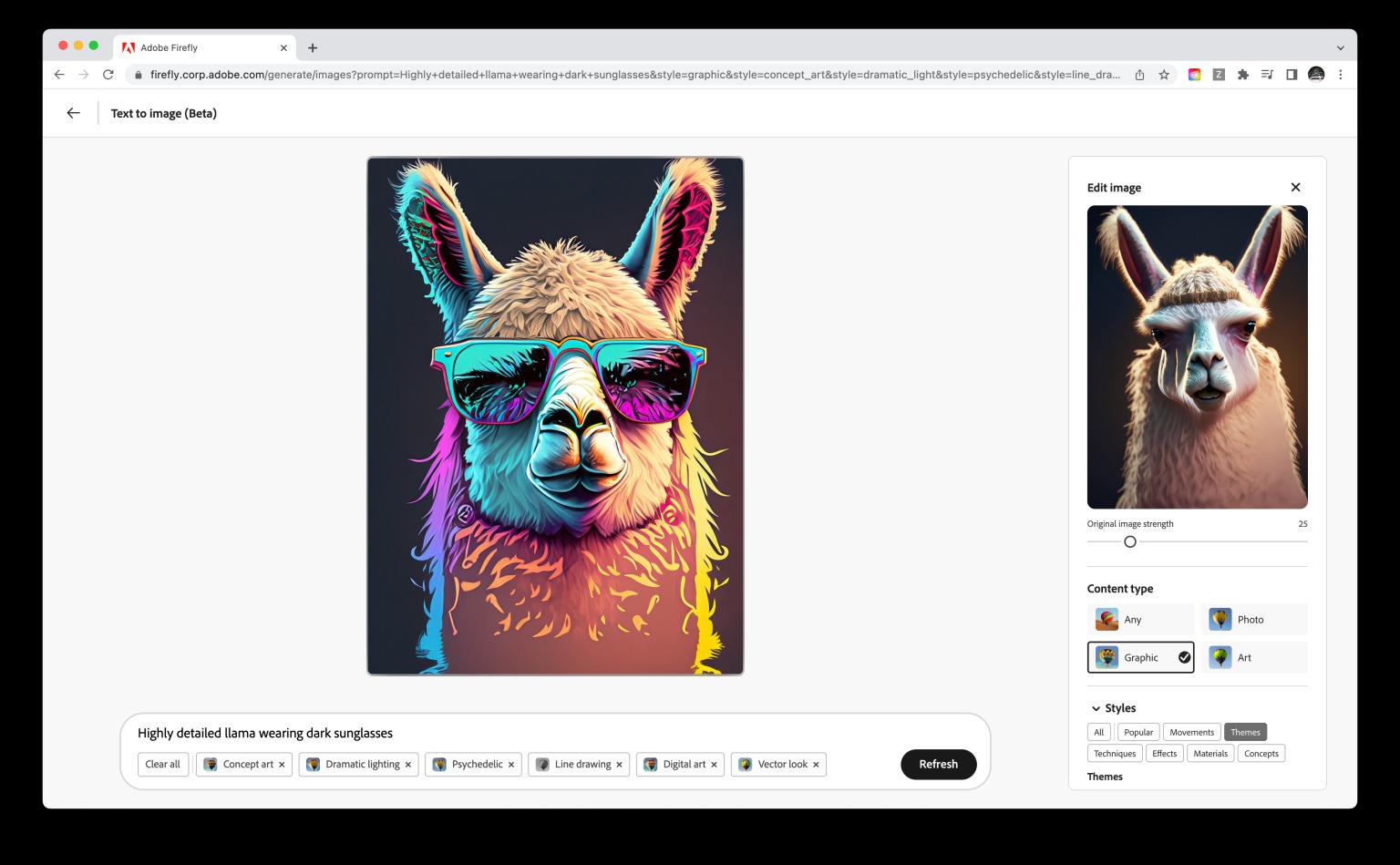
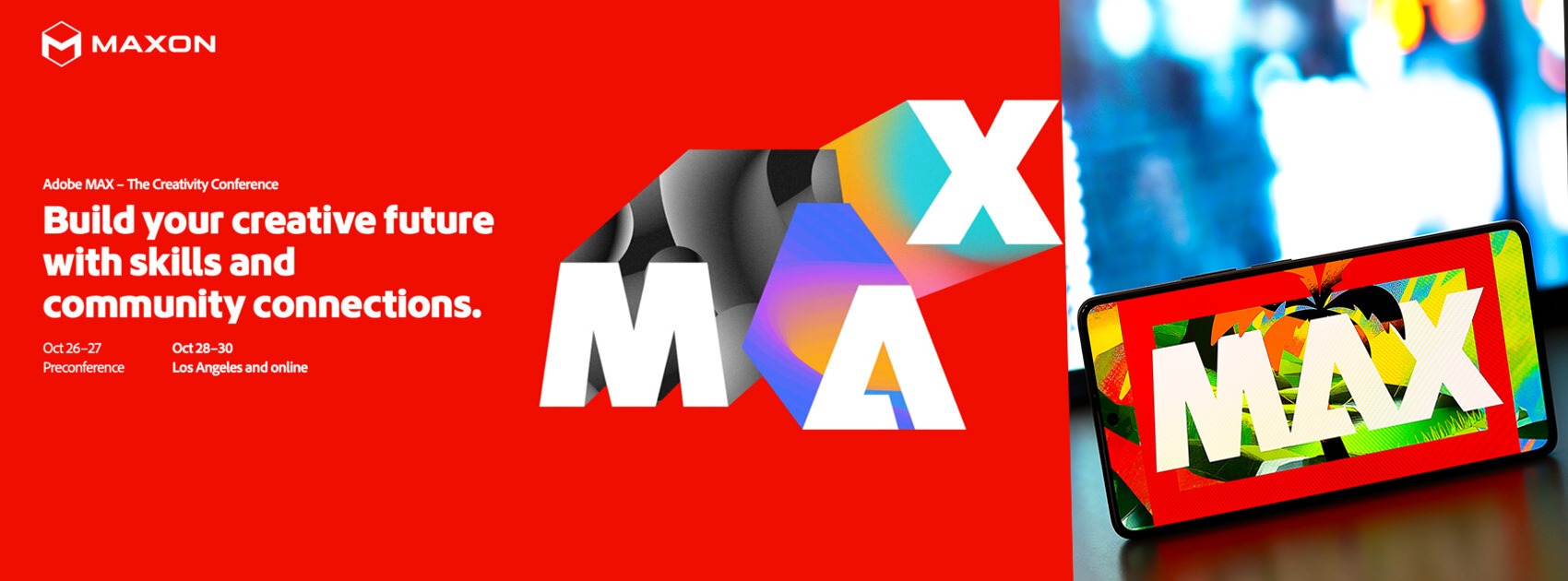

.jpg)

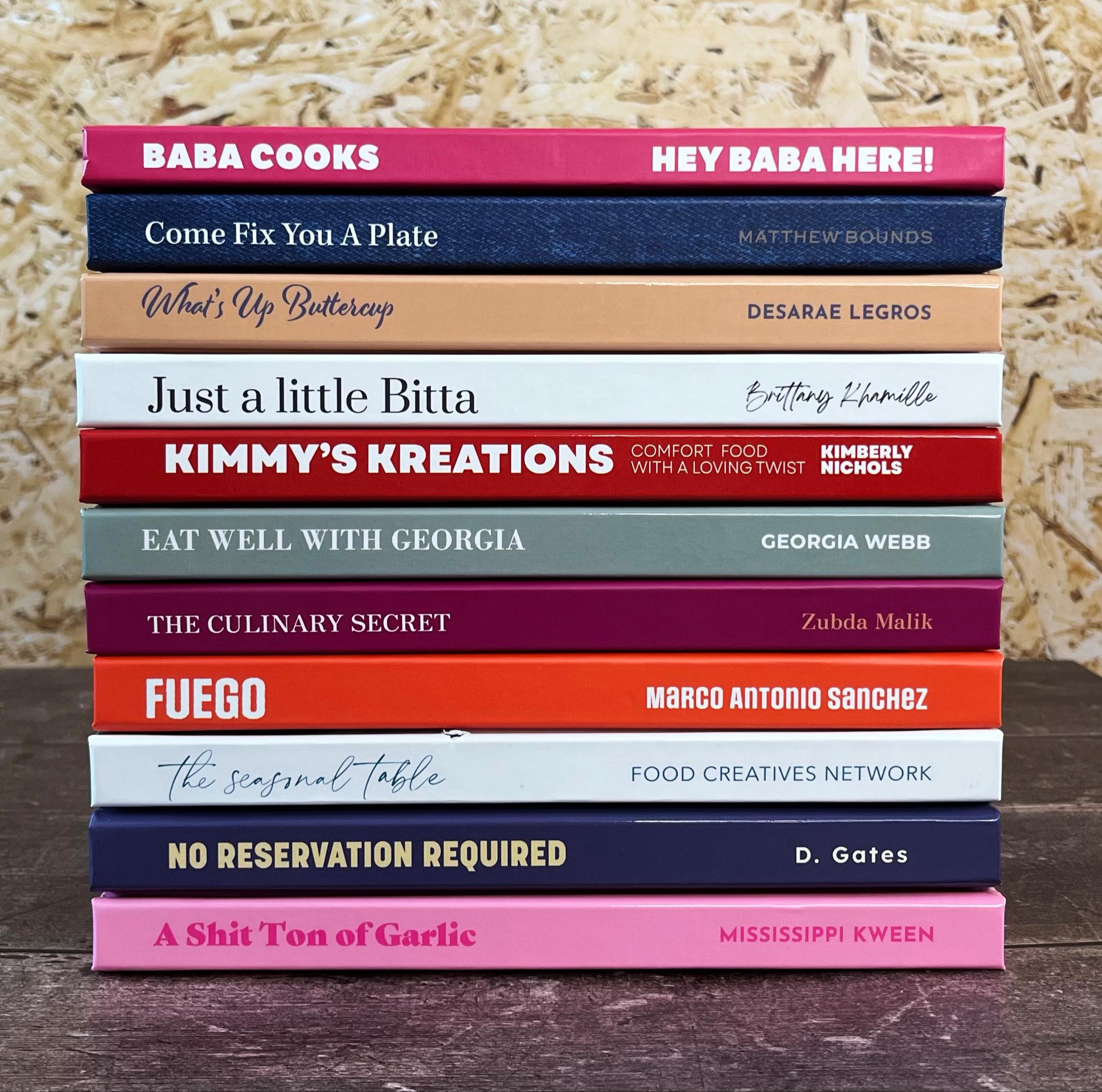


-2025-11-19-10-50-51.jpg)


